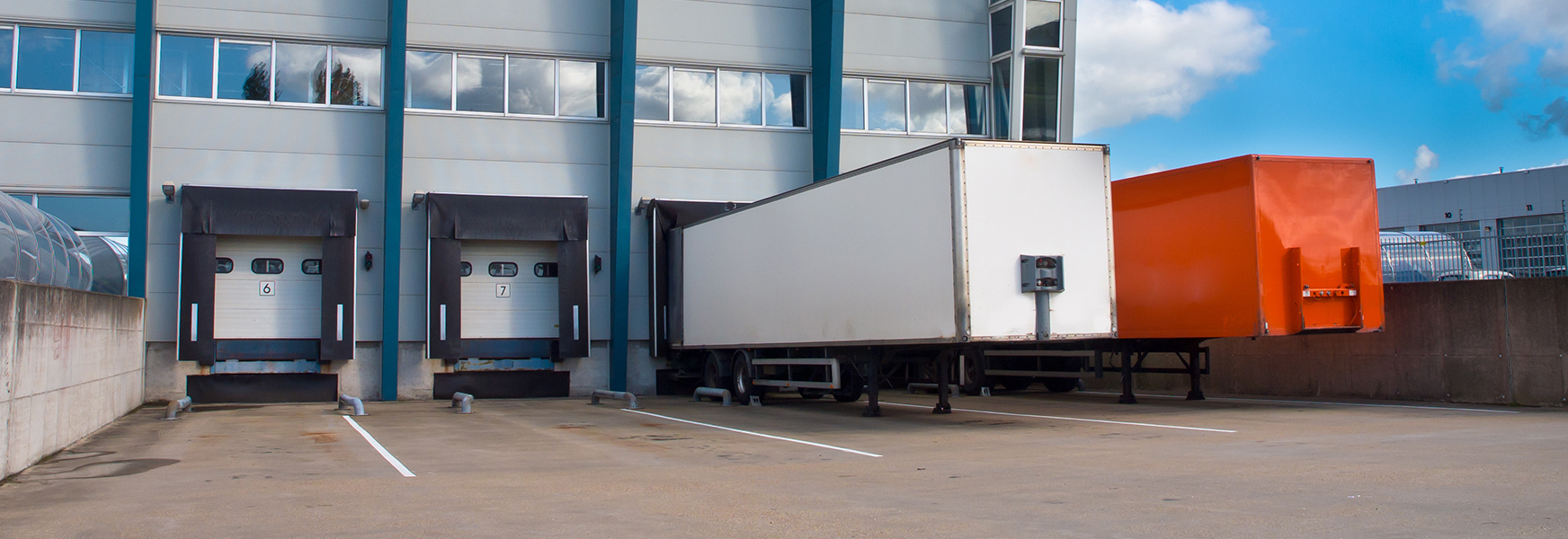Powered Industrial Trucks and PIT Certification

Does your company use vehicles to move freight trailers in or around your yard, warehouse, or shipping facility? These vehicles may be commonly referred to as a terminal tractor, yard truck, yard jockey, yard spotter, mule, and yard goat. Depending upon their design and use the operator may or may not need a Commercial Driver’s License (CDL).
If the vehicle you are using is not designed to U.S. Department of Transportation (DOT) specifications for over-the-road use, it is considered a powered industrial truck (PIT) and therefore governed by OSHA’s 29 CFR 1910.178. This regulation contains safety requirements for fork trucks, tractors, platform lift trucks, motorized hand trucks, and other specialized industrial trucks powered by electric motor or internal combustion engines.
This regulation requires employers to have a program in place that includes operator training and refresher training. This training shall consist of a combination of formal instruction (e.g., lecture, discussion, interactive computer learning, video, written material), practical training (demonstrations performed by the trainer and practical exercises performed by the trainee), and evaluation of the operator's performance in the workplace. This training must be conducted by persons who have the knowledge, training, and experience to train and evaluate PIT operators’ competence.
OSHA also requires all PIT operators to be certified by their employer. The certification shall include the name of the operator, the date of the training, the date of the evaluation, and the identity of the person(s) performing the training or evaluation. Having a CDL does not preclude the requirement for this training or certification.
Like other powered industrial trucks (e.g., forklifts), an evaluation of each operator’s performance shall be conducted initially and then at least once every three years. This evaluation may be required more often as outlined in 1910.178(l)(4).
In addition to a training program, OSHA outlines “truck operations” in 1910.178(m). Specifically, paragraph (m)(7) states “Brakes shall be set and wheel blocks shall be in place to prevent movement of trucks, trailers, or railroad cars while loading or unloading. Fixed jacks may be necessary to support a semitrailer during loading or unloading when the trailer is not coupled to a tractor. The flooring of trucks, trailers, and railroad cars shall be checked for breaks and weakness before they are driven onto.”
These jacks and flooring check can be critical to the safety of the operator, those working around them, and/or the facility’s operations. If you decide to use these jacks, ensure there is a documented process for placing and removing them and all manufacturer’s recommendations are followed. Ensure all operators have documented training and receive an evaluation with periodic skills assessment (e.g., annually).
Regardless of whether the vehicles you use to move freight trailers are powered industrial trucks or over-the-road tractors, ensure you have a written program in place that includes operator training and skills verification including trailer coupling, uncoupling, loading, and unloading procedures. If you are using jack stands, ensure you include safety procedures and training in your program.
For additional transportation safety information check out our resources within the Safety Director.

